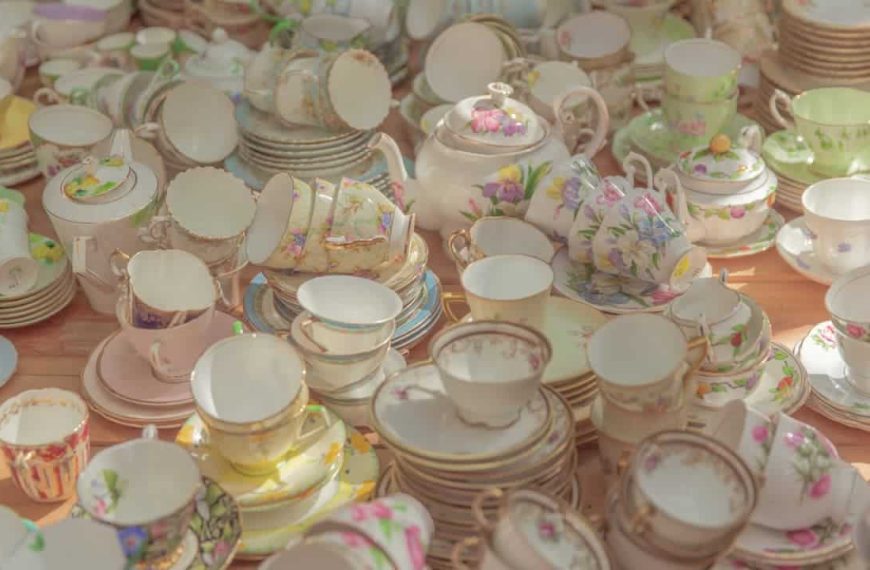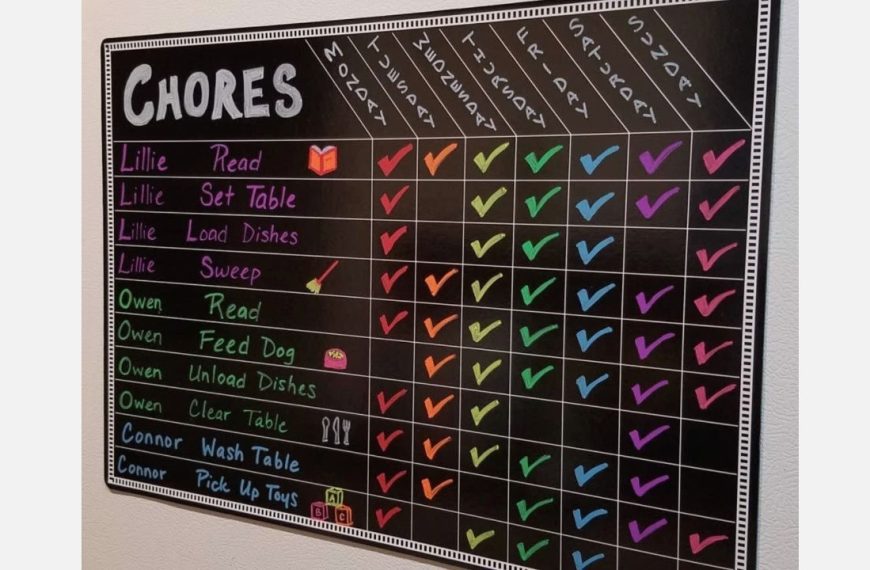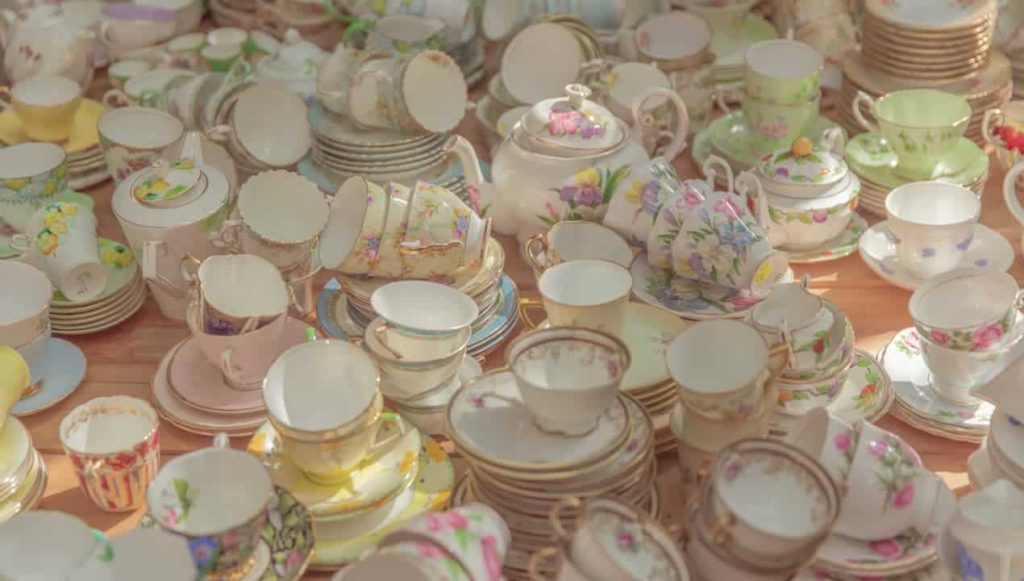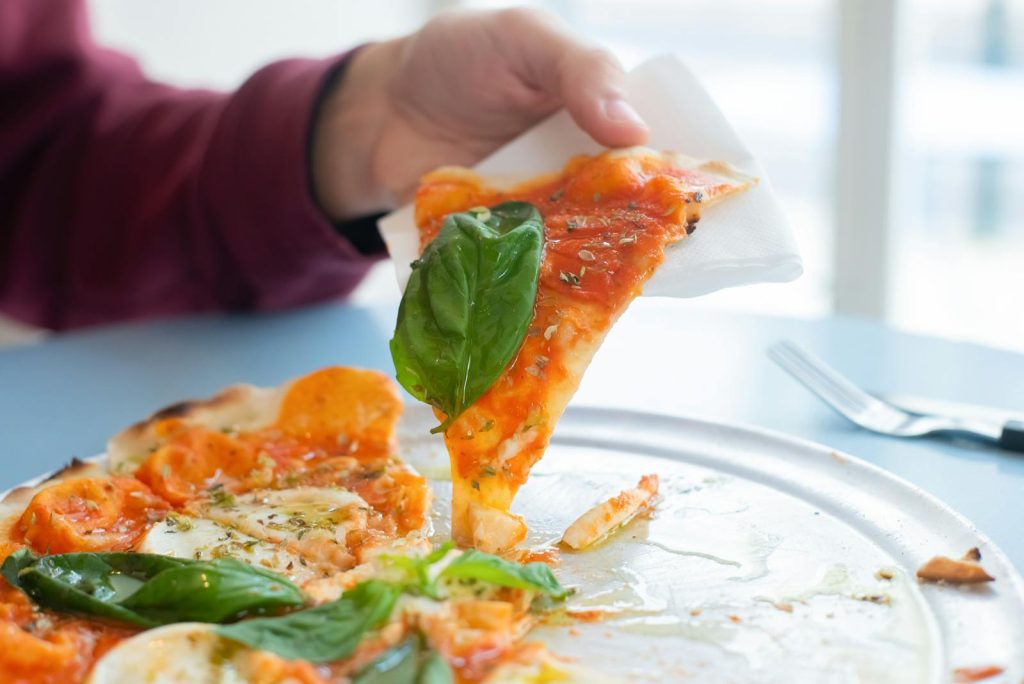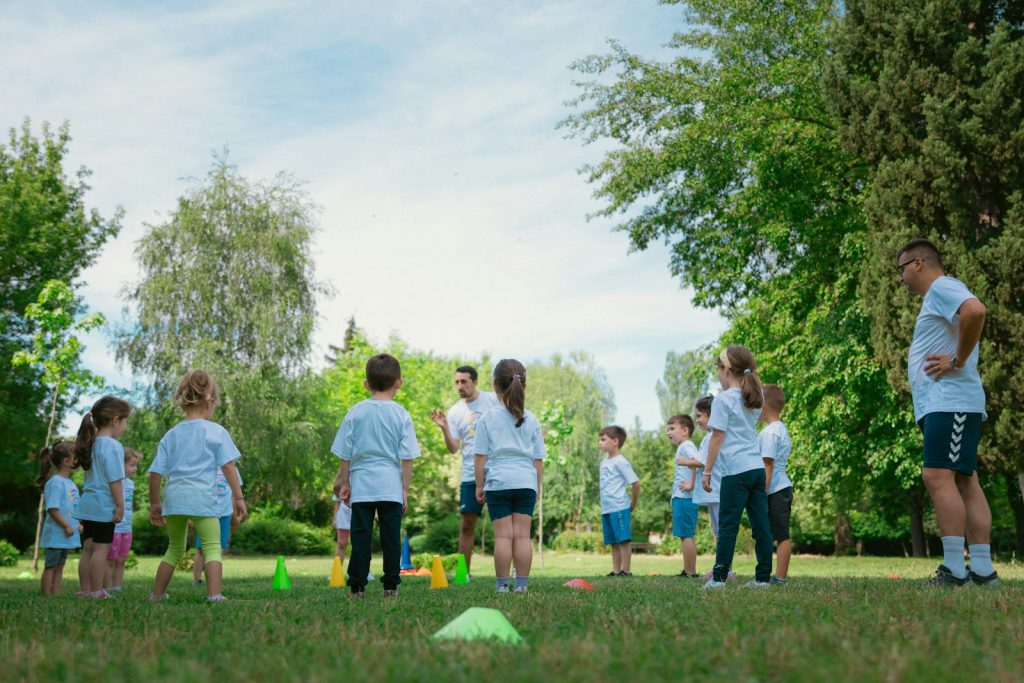Energy conservation is not only an environmentally responsible practice but also helps to reduce your monthly bills. However, you might be surprised to find out that you’re unknowingly using more energy than necessary. And the worst part? This wastage is often due to habits or practices you may not even realize are energy-intensive.
Let’s uncover 13 common ways you might be unintentionally wasting energy at home and how you can make small, easy changes to become more energy-efficient.
1. Leaving Lights On

One of the simplest ways we waste energy at home is by leaving lights on in rooms we’re not using. Sure, it might not seem like much, but over time it adds up.
The solution is simple: make a habit of turning off lights whenever you leave a room. Furthermore, consider switching to energy-efficient bulbs such as LED or CFL. These use less energy and last longer than traditional incandescent bulbs, making them a win-win for both your wallet and the environment.
2. Overusing Heating and Cooling Systems

Heating and cooling systems account for a significant portion of household energy use. Many of us set the thermostat and forget about it, not realizing that every degree can make a big difference.
Consider investing in a programmable thermostat that can automatically adjust the temperature based on your schedule. Also, make use of natural ventilation and dress appropriately for the weather to reduce reliance on these systems.
3. Neglecting to Unplug Devices

Did you know that your devices continue to draw power even when they’re turned off? This phenomenon, known as ‘phantom’ or ‘vampire’ power, can account for up to 10% of household energy use.
To combat this, unplug devices and chargers when they’re not in use. Alternatively, use power strips with built-in switches or timers to make this process easier. Remember, every little bit counts when it comes to energy conservation.
4. Using an Old, Inefficient Fridge

Your refrigerator is one of the few appliances in your home that runs non-stop, and if it’s an older model, it could be using a lot more energy than necessary. Newer models are designed to be much more energy-efficient.
If you’ve been thinking about upgrading your fridge, now might be the time. Look for models with the ENERGY STAR label, which are 15% more energy-efficient than non-certified models. In the long run, the energy savings can help offset the cost of the new appliance.
5. Washing Clothes in Hot Water

About 90% of the energy consumed by your washing machine goes towards heating the water, so washing your clothes in cold water can result in significant energy savings. Moreover, modern detergents work just as effectively in cold water, and it’s gentler on your clothes.
Try to wash full loads whenever possible, and use the high-speed or extended spin cycle. This reduces the amount of moisture in your clothes, meaning they’ll need less time in the dryer.
6. Overloading the Dishwasher

Dishwashers are a great convenience, but they can also be a major energy drain if not used efficiently. Filling your dishwasher to capacity before running a cycle is a great way to conserve energy.
Consider air-drying your dishes instead of using the heat-dry setting. Not only does this save energy, but it can also prolong the life of your dishwasher.
7. Inefficient Cooking Habits

Your oven and stove consume a lot of energy, so it’s worth considering some energy-saving cooking habits. Using a microwave, toaster oven, or slow cooker instead of the oven can save energy.
When using the stove, match the size of the pot to the burner. A 6-inch pot on an 8-inch burner wastes over 40% of the burner’s heat. Also, keep the lids on pots to cook more efficiently.
8. Not Maintaining Your Appliances

Regular maintenance of your appliances can help them operate more efficiently. For example, cleaning the coils on your refrigerator can improve its efficiency by up to 30%.
Similarly, cleaning the lint filter in your dryer before every load improves airflow, which means your clothes will dry faster and your machine will use less energy.
9. Using Traditional Incandescent Light Bulbs
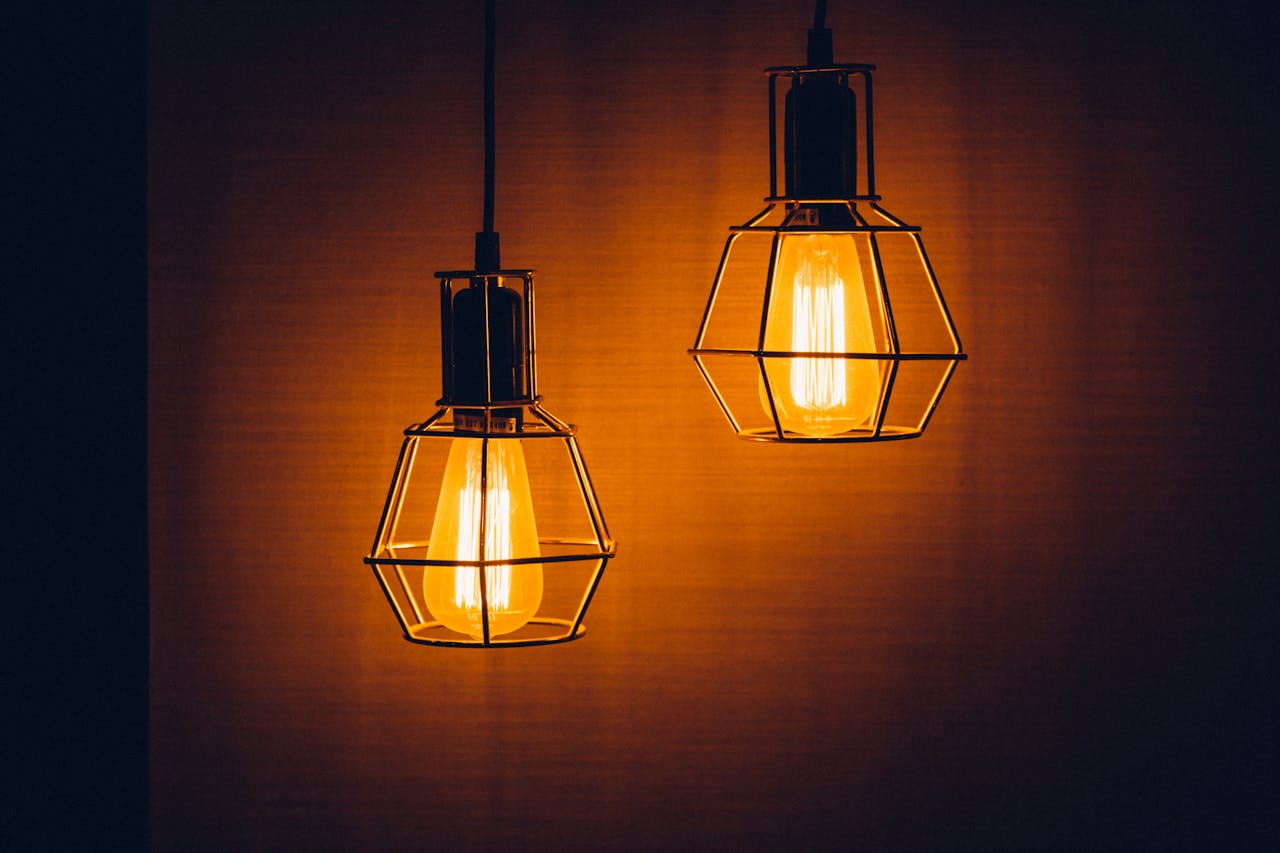
Traditional incandescent light bulbs are energy wasters. They lose most of their energy as heat rather than light. Energy-efficient light bulbs, like LEDs and CFLs, use 70-90% less energy and last 10-25 times longer.
Next time a light bulb burns out, replace it with an energy-efficient bulb. It’s a small change that can make a big difference.
10. Keeping the Water Heater Set Too High

Many of us have our water heater set higher than necessary. The U.S. Department of Energy recommends a setting of 120 degrees Fahrenheit for most households, which is sufficient for most needs and can save 6-10% of energy.
If you’re going on vacation, turn your water heater down or off to save energy. There’s no need to heat water you’re not going to use.
11. Leaving the Computer On

Many people leave their computers on all day, which can consume a significant amount of energy. Instead, set your computer to go into sleep mode when not in use, or better yet, turn it off.
Also, consider using a laptop instead of a desktop. Laptops use up to 80% less electricity and run on less energy.
12. Ignoring Leaky Faucets

A leaky faucet is not just a plumbing issue; it’s also an energy-waster. If your leaky faucet is dripping hot water, you’re paying to heat water that’s literally going down the drain.
Fixing leaky faucets promptly can save both water and energy. It’s a small repair that can lead to big savings.
13. Wasting Energy Through Windows

A significant amount of heat (in winter) and cool air (in summer) escapes through windows. Insulating your windows can save up to 20% of your home’s heating and cooling costs.
Consider investing in double-paned windows or installing insulating window film. Heavy curtains can also help insulate your windows.

